Opinion
Why Chinese restaurant food is worth so much more than ‘cheap and cheerful’
Chef Neil Perry is pivoting his Sydney restaurant from Cantonese to Italian cuisine. But contrary to his comments, Australian diners recognise the value of a succulent Chinese meal.
Kevin Cheng
Last month, Neil Perry announced he was closing Song Bird, his Cantonese-inspired restaurant in Double Bay, and reopening the site as Gran Torino with an Italian menu. Song Bird will serve its last dumplings this weekend; Gran Torino will take over on August 9, and guests are invited to “enjoy handmade pastas like pumpkin tortelli with burnt butter and reggiano, or tagliolini with crab, garlic, chilli and lemon”.
It’s the most high-profile restaurant switch-up in recent memory, not to mention one of the quickest: Song Bird opened in August last year. With now-shuttered jazz bar Bobbie’s downstairs, the multi-level Bay Street venue reportedly cost upwards of $13 million. Before the closure announcement, Song Bird had also expanded its menu to include more influence from across Asia than strictly China and Hong Kong.
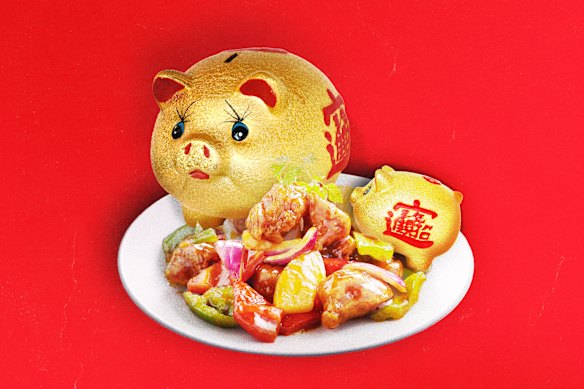
So what happened? Is there just no market for Asian food in Double Bay? Sydneysiders regularly travel from all postcodes to eat at Perry’s two-hatted Margaret on the opposite block. Why didn’t Song Bird fly as high?
I don’t have all the data for a detailed postmortem of the restaurant, but I do reject one of the reasons Perry provided. Key to the weak trading, he told Australian Financial Review Magazine editor Matt Drummond, was the reluctance of some diners to pay premium prices for Chinese food.
“People think Chinese restaurants should be cheap and cheerful,” he said. “They’re not used to Chinese with amazing ingredients. They don’t care what happened to that pig.”
Asserting that Chinese cuisine was not valued by Sydneysiders was disappointing, insulting and ignorant. It was also a surprise coming from Perry, who has opened successful Chinese restaurants including two-hatted Spice Temple (still in business after 16 years). The chef has long championed Chinese cuisine and Sydney’s Chinatown.
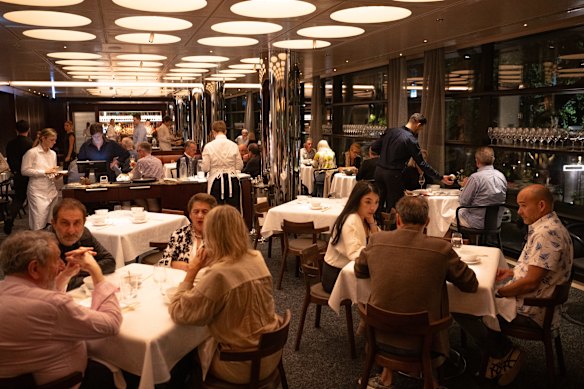
Indeed, Song Bird is not the cheapest Chinese restaurant in town, and Perry uses the best produce from Australia’s best farmers and fishers. Six Spencer Gulf king prawn wontons in chilli oil are $39. “Sichuan-style” sweet and sour pork with pineapple is $49. Four har gow prawn dumplings are $24.
But the prices are largely on the same level as other premium Chinese restaurants in Australia. Mr Wong – which might be the busiest restaurant in the Sydney CBD, if not the country – pushes three har gow at $24. Its sweet and sour pork hock is $48. At Flower Drum in Melbourne, Robbins Island wagyu striploin is $130 a serve; its South Australian crayfish omelette is $72 per person.
Do we expect Chinese food to be cheaper, though? It’s a topic I’m familiar with and passionate about, and the answer – which can be applied to all cuisines, really – is “it depends”.
Chinese cuisine is one of the most varied on the planet, with myriad regional, ethnic and local styles shaped by geography, culture and history over thousands of years. It ranges from street food to royal palace cuisine – a pretty long spectrum of culinary experiences.
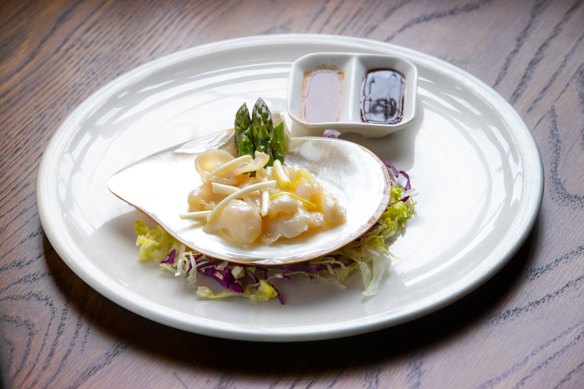
If you’re craving hand-pulled noodles from Cheng’s Xi’an Traditional Foods in Burwood, say, or a round of Sichuan wontons at Dumpling Max in Melbourne, you’ll often get change from a $20 note. That doesn’t mean those dishes should be cheap, but they generally are, due to the history of those dishes, who they served and where they have come from.
It’s customary to celebrate the momentous occasions in life through a succulent Chinese meal.
People of Chinese and Asian heritage know that our parents, aunties and uncles will spend more for premium ingredients and dishes, including live seafood. It’s customary to celebrate the momentous occasions in life through a succulent Chinese meal, with money being spent for prosperity, wealth and good fortune.
If you’re lucky, you will be seated around the lazy susan and served a banquet for Chinese New Year, engagements and weddings. For birthdays, graduations, job promotions, relatives visiting from overseas and more.
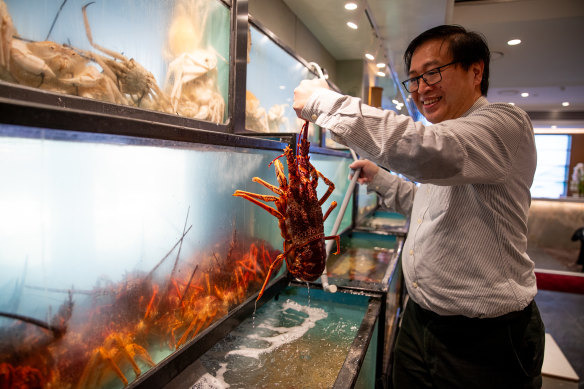
Royal Palace Seafood Restaurant – which moved into the old Golden Century site on Sydney’s Sussex Street a couple of years ago – has live seafood flying out of its tanks and into woks each week. Lobster can sell for up to $300 a kilogram, hardly “cheap and cheerful”.
Live seafood is also hugely popular at Chinese restaurants in Sydney and Melbourne’s suburbs – stalwart venues where the food is prepared by kitchen brigades with centuries of combined Cantonese cooking experience.
In 2025, second- and third-generation migrants of Chinese and Asian heritage aren’t waiting for special occasions to spend more at a restaurant paying homage to their culture with premium produce, either. The same can be said for Anglo-Australian diners who recognise the value of Chinese food.
Executing a cuisine that’s extraordinarily diverse with a history of several thousand years requires a finely tuned kitchen firing on all cylinders. There’s immense technique involved from stir-frying, steaming, braising, roasting, deep-frying and fermenting. Some dishes, such as braised abalone, take days to prepare.
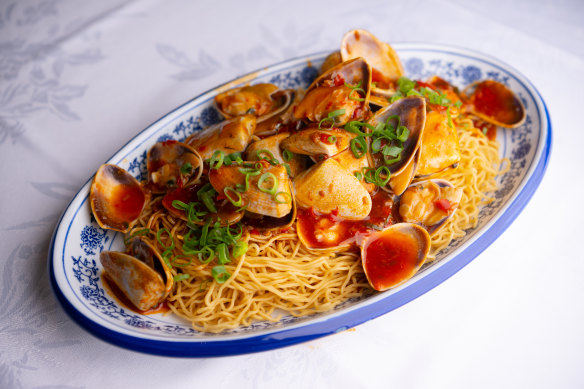
In my opinion, the biggest reason why Song Bird failed to fly was the cooking itself, not the price tag. The food wasn’t consistently up to scratch, nor was it on the same level as other Cantonese restaurants in Sydney.
It may have received a hat in The Sydney Morning Herald Good Food Guide, but I also experienced a very underwhelming meal at Song Bird late last year, despite produce as excellent as David Blackmore wagyu and those Spencer Gulf king prawns. The wok hei– the complex aroma from the fire of the wok, integral to so many Cantonese dishes – just wasn’t there.
With Song Bird now closing and relaunching as an Italian restaurant within a week, it’s ironic that noodles and dumplings will be replaced by pasta and ravioli – dishes that are almost always priced higher than their Chinese counterparts. But that’s another story.
Restaurant reviews, news and the hottest openings served to your inbox.
Sign up